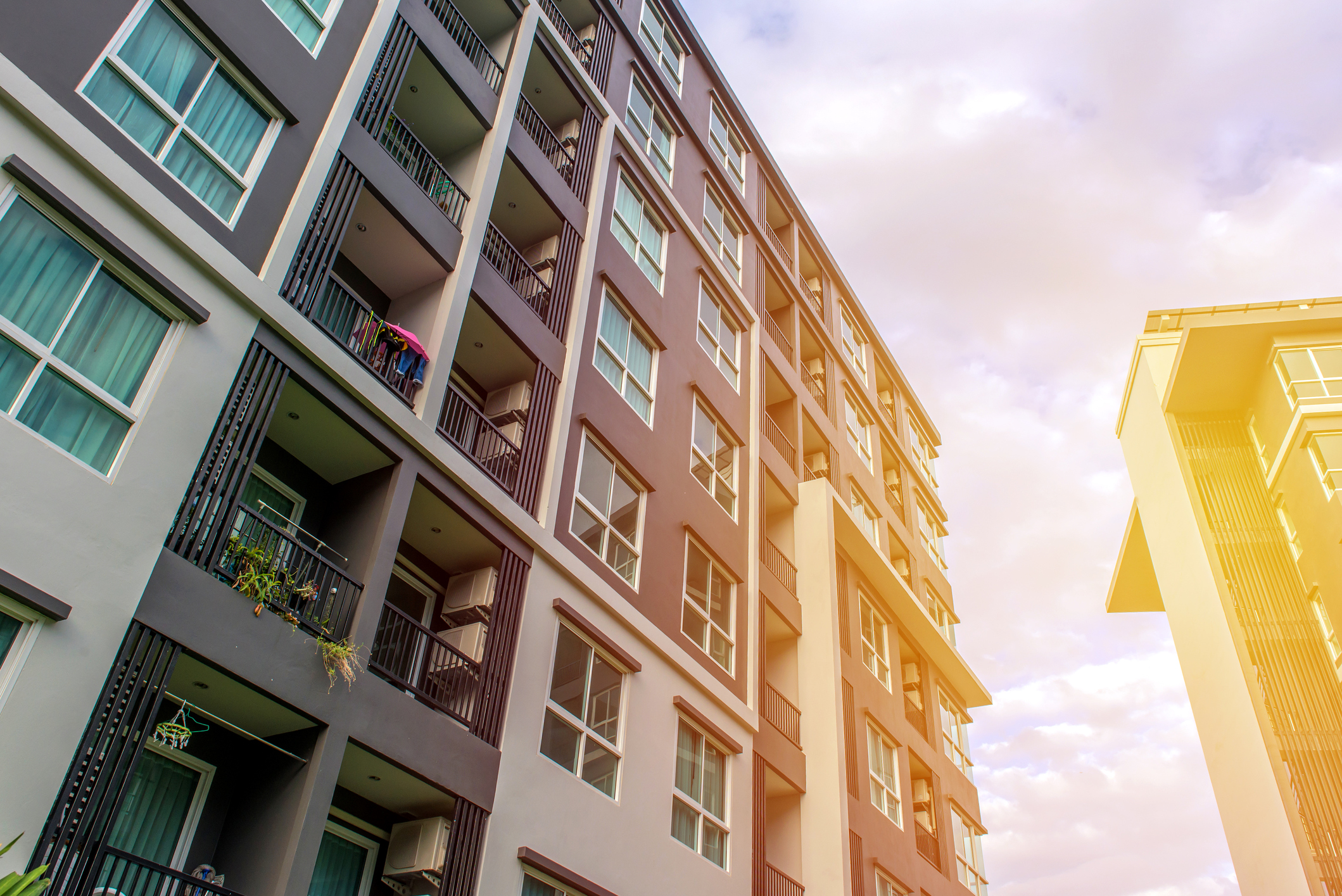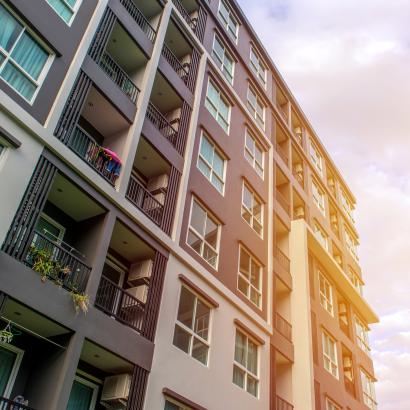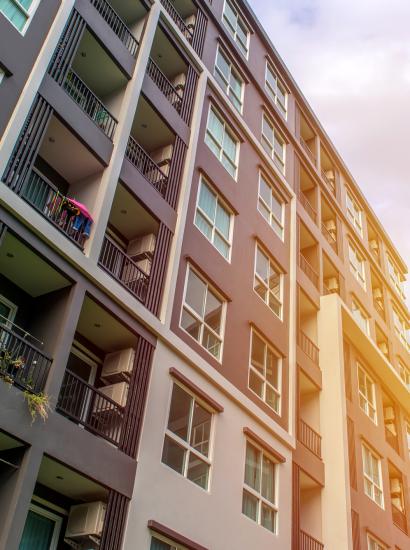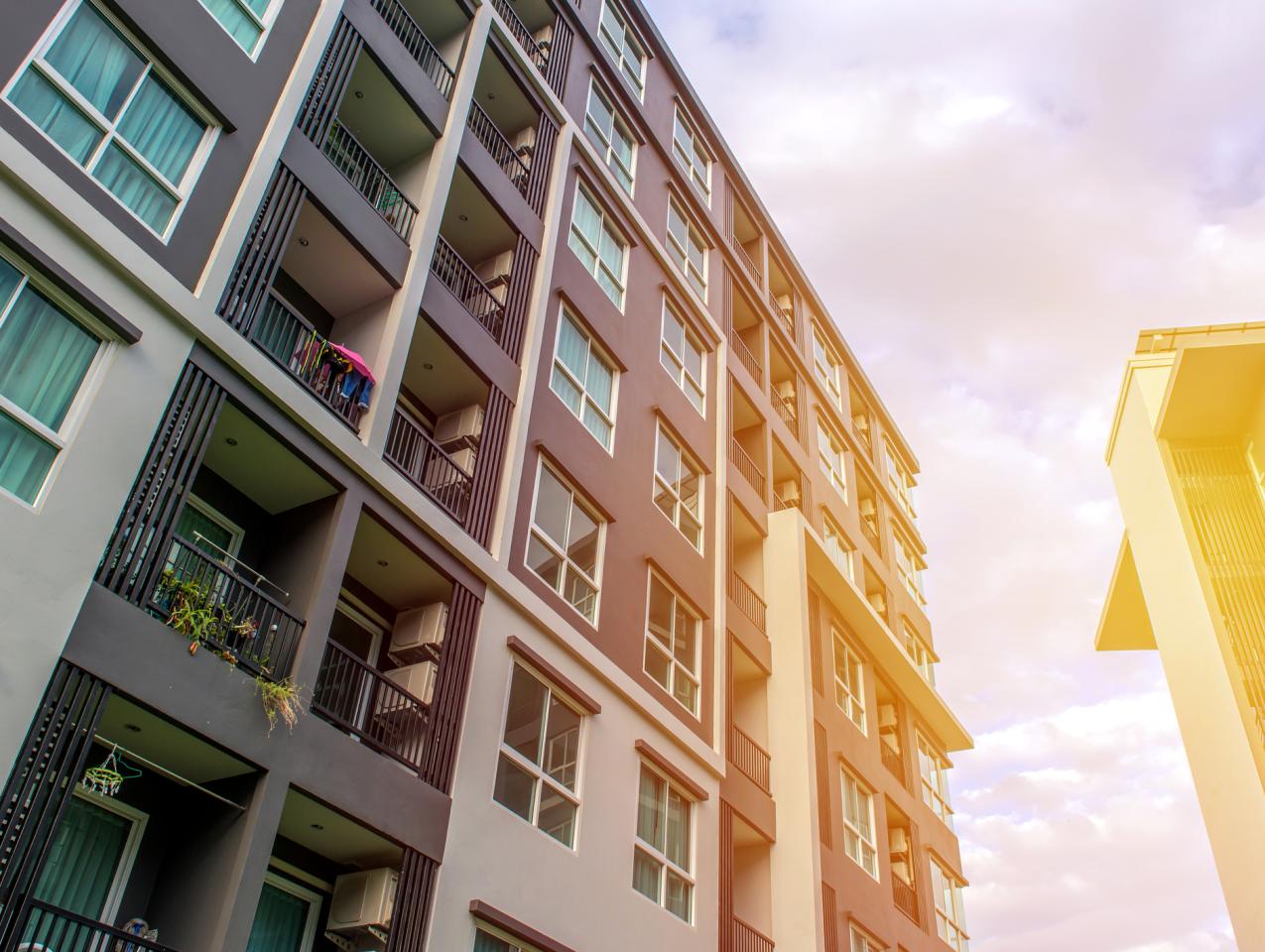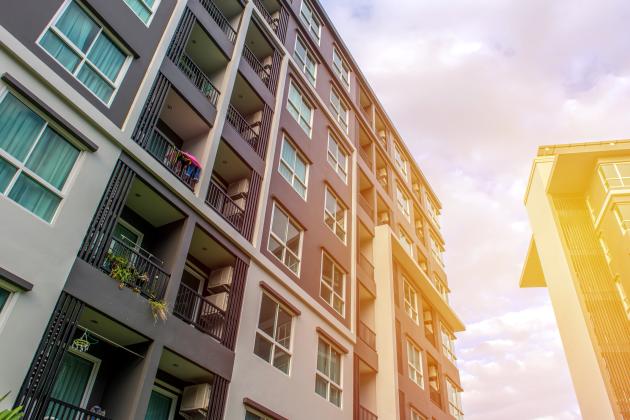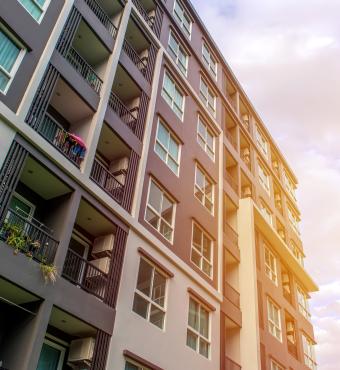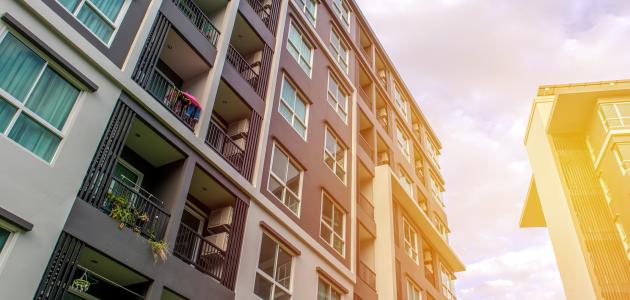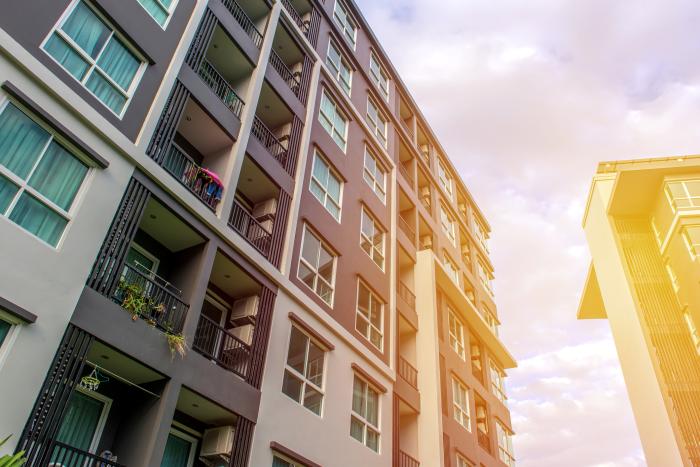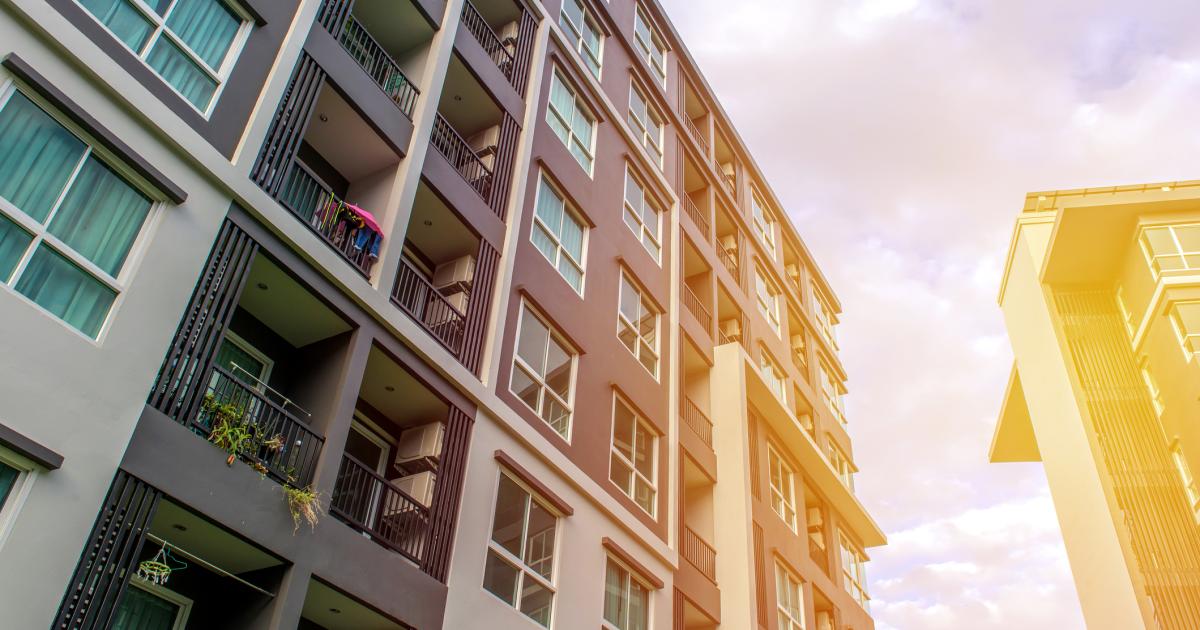- Economics
- Answering Challenges to Advanced Economies
Rent controls that keep rents below free-market levels cause shortages, give landlords an incentive to skimp on maintenance, and reduce the incentive to build new housing. Those facts are well known. That’s why in various polls, more than 90 percent of economists believe that rent controls reduce the quantity and quality of housing.
That’s not all. Rent controls create a strong asymmetry between current tenants and those who want to become tenants. That asymmetry is one of the strongest factors, and arguably the strongest factor, in keeping rent control in place.
Insiders versus outsiders
Under the usual rent control laws and regulations, people who are already in their rent-controlled units typically get to stay unless they refuse to pay rent. Because rent control keeps the rent below the level that would equate supply and demand, there is a shortage and a low vacancy rate. That doesn’t bother current tenants very much: they have theirs. They are the insiders. But rent control makes it very difficult for people who aren’t currently renters to become renters. Those people are the outsiders.
When I used to teach the economics of price controls, I would give two examples: rent controls, which exist in various states and cities, and have existed in New York since 1943, and price controls on gasoline, which existed in the United States between 1971 and 1981. Both caused shortages, making it difficult for people to find housing and gasoline. Any government program that has existed for at least a few years is hard to eliminate. But getting rid of price controls on gasoline was easier than getting rid of rent controls. When I would teach my students, I would ask them why.
I would get such answers as “Because everyone needs housing, but people can do without gasoline by bicycling, or walking, or using mass transit.”
I would respond, “Many people have great difficulty doing without gasoline. Bicycling and walking would be infeasible for many people, given the distances and the weather. And mass transit is often inconvenient and eats hours a week. I don’t think that’s it.”
The students would look puzzled.
The details of rent control regulations
Consider the details of rent control.
If you are a tenant in a rent-controlled apartment and you pay your rent on time, it’s very difficult for the landlord to evict you. When your lease is up for renewal at the end of the yearly contract, you are automatically renewed, unless some major fact gives the landlord the power to evict you.
So, unless you are against rent controls on principle or unless you see the long-term damage that rent control will do to your area, you will favor rent control. The vast majority of other tenants are in your position.
Now consider people who want to rent in your area but haven’t found an apartment yet. At least some of them might oppose rent control, to the extent they understand that rent control is what keeps them from finding an apartment. But they are the outsiders. They don’t live there yet and so they might not even be able to vote in the political district in which they want to rent.
But the people who occupy rent-controlled apartments are the insiders.
The insider/outsider asymmetry explains why rent control is often so hard to repeal.
The details of gasoline price controls
Consider, by contrast, the details of price controls on gasoline. President Nixon introduced price controls on every good and service in America on August 15, 1971. He did so, incidentally, drawing on a power that a heavily Democratic Congress had given him and that he opposed. He started with a literal price freeze. For the first ninety days after August 15, it was illegal to raise a price or a wage (and a wage, of course, is a price) by even one cent.
When this phase ended, Nixon moved to a new phase, Phase II, in which prices and wages were allowed to increase somewhat. Then on to Phase III, which relaxed the controls to a degree.
What Nixon did not anticipate was that in the fall of 1973, when the price controls were still on, the Organization of the Petroleum Exporting Countries (OPEC) would raise the world price of oil from about $3 per barrel to about $11 per barrel. Nixon’s price controls didn’t allow refineries and gas stations to pass on much of this increase. Result: shortages and lineups.
The price controls on gasoline remained long after all of the other price controls had ended in 1974. Indeed, these price controls were one of the leading factors in the creation, under President Jimmy Carter, of the Department of Energy in 1979. From 1973 to early 1981, when newly inaugurated President Ronald Reagan ended the controls, we had occasional shortages that tended to come about when world oil prices rose and to end when world prices fell. (One policy that’s relevant here was President Gerald Ford’s “entitlement” policy that was a disguised subsidy to oil importers. While the good news was that it made shortages less common, the bad news is that it subsidized OPEC and other oil-producing countries. The details are too complex to share here.)
In 1979, with price controls still on, there were serious lineups for gasoline. The average price of gasoline early in the summer of 1979 was about 80 cents per gallon. An economist I spoke with in the newly formed Department of Energy told me that he and other economists had estimated that the free-market price, which would have ended the shortage, was about $1.00 per gallon.
So, did gasoline buyers save 20 cents a gallon? In money prices, yes. But in total price, no. They paid more. At the time, I estimated the average amount of time people waited in line for gasoline and then used the average wage rate to then estimate the time cost of a 10-gallon refill. That worked out to $4 per refill, which was an extra 40 cents per gallon. So, people paid more, including the time cost, than they would have if price controls had been lifted.
This fact helps explain why the public was not strongly in favor of price controls. Although the typical driver did not do my calculation, the wasted time in line was quite apparent.
Rent controls versus gas price controls
What was the difference between rent controls on apartments and price controls on gasoline? In the rent control case, current tenants are insiders. They don’t have to line up for an apartment. So, as noted above, most of them will favor rent control.
In the gasoline price control case, though, everyone (unless they had a special deal with the service station owner or manager, as sometimes happened) had to line up. The fact that you managed to get gasoline last week gave you no special place in line this week. So, there aren’t many “insiders” to lobby for the gasoline price controls.
That raises an interesting possibility for ending rent control. What if the rent control regulations gave no existing tenants the preferential treatment that the current regulations give? Once a tenant’s one-year lease was up, his claim on the apartment he currently occupies would be no stronger than the claim of a want-to-be tenant. That one change in the regulation would dramatically change the political dynamics of rent control. There wouldn’t be insiders. Of course, current tenants would lobby like crazy against that regulatory change.
How Unfair
I don’t want to make it easier for a government to keep price controls on gasoline once it has imposed them. But to drive home to my students the point that it’s the structure of the regulations, not the item being regulated, that matters, I posed to them, and now pose to you, the following hypothetical.
What if, with price controls on gasoline, there’s enough gasoline available to satisfy 90 percent of demanders? And instead of the first come, first served way that gasoline is allocated under price controls, the government singled out 90 percent of demanders for special treatment: they can get gas. The remaining 10 percent are out of luck. How could the government do that? One way would be to say that people with a last name whose first initial is somewhere between A and T can get gasoline. The ones from U to Z cannot.
Then the government will have created a strong lobby for price controls on gasoline. The A to T people would be insiders and the U to Z people would be outsiders. (Of course, suddenly people whose last name was “White” would have an incentive to change their name to, say, “Black.”)
I emphasize that I’m not proposing that. It’s a very bad idea. I simply used the hypothetical in class to drive home the point.
But I use the hypothetical here for a different reason: to drive home how unfair rent control laws are. If it’s a bad idea for the government to create a privileged class of gasoline customers, it’s a bad idea for the government, as it does now with rent control, to create a special class of tenants.







